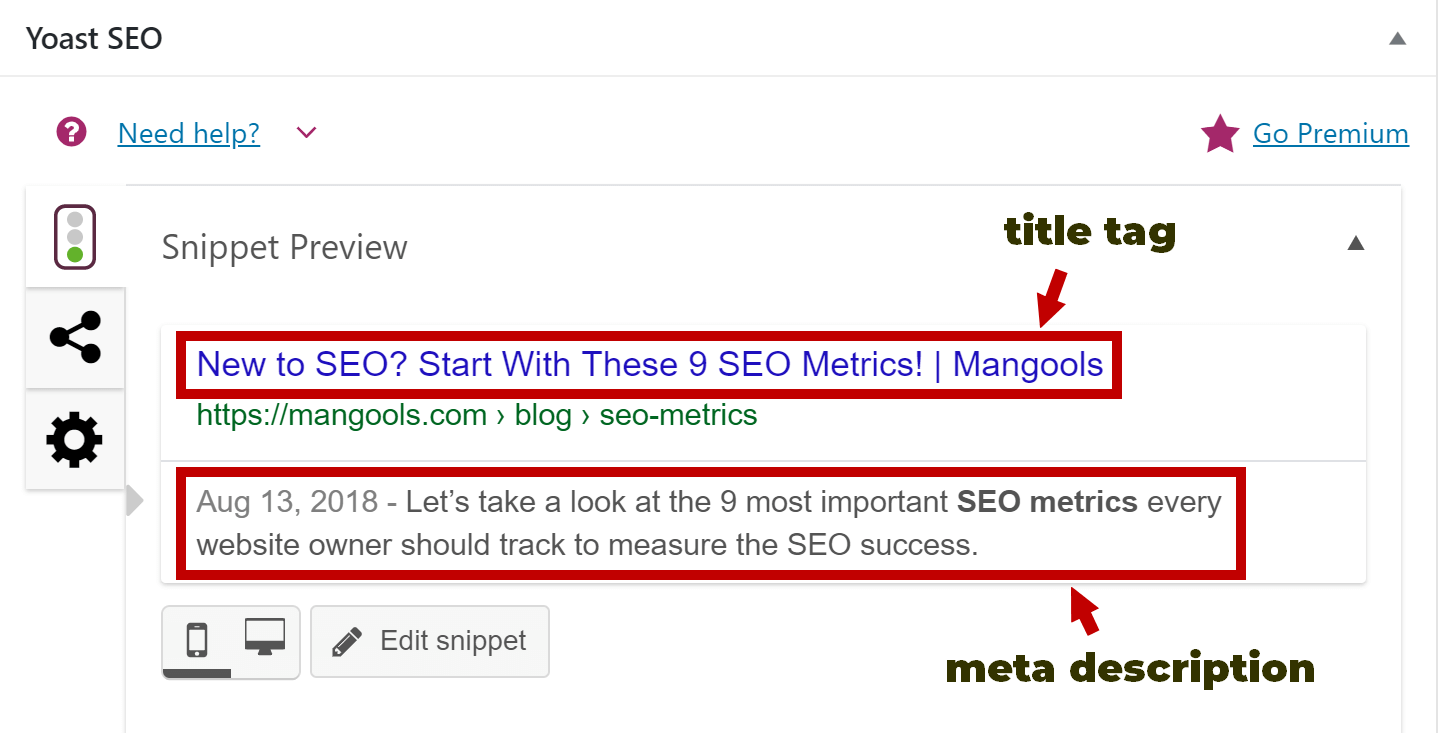

The way to bring up the Quick Analysis interface is to select a range of data, and then click the little button that appears near the bottom right of the selection:Ĭlicking the button brings up a gallery of options to explore:īy default the Conditional Formatting gallery comes up, showing just a handful of choices, but there are other galleries to explore as well. Live preview makes it quick and painless to see what’s going to happen to the workbook before committing to a change.įeel free to open the workbook and come along as we take a closer look at how it all works. The Quick Analysis galleries are dynamic: what appears in them changes depending on the type of data you’ve selected. We set out to create a dynamic interface that allows fear-free exploration of Excel’s analytical capabilities. These are the main motivations behind Excel 2013’s Quick Analysis feature. Many people are simply unwilling to navigate away from the home tab to go looking for interesting features & capabilities.Some people feared they wouldn’t be able to change it back if they didn’t like the result Many people are hesitant to create / insert new features, even a chart.Many people aren’t familiar with the variety of data analysis features that Excel has to offer.Of course several patterns and themes were observed, but here are a few that caught my interest and really resonated with me and with several others on the team:

We went in small groups to someone’s work environment (whether that was a large corporation, a small business, or even a home office), watched them use Excel, and talked with them a bit about what they were doing. This blog post is brought to you by Chad Rothschiller a Program Manager on the Excel team.Īs part of our planning work at the beginning of the Office 2013 project, we (the Excel team) participated in several customer visits. Here is a new blog post from the Official Microsoft Excel 2013 blog about Quick Analysis:”by Diego M.


 0 kommentar(er)
0 kommentar(er)
